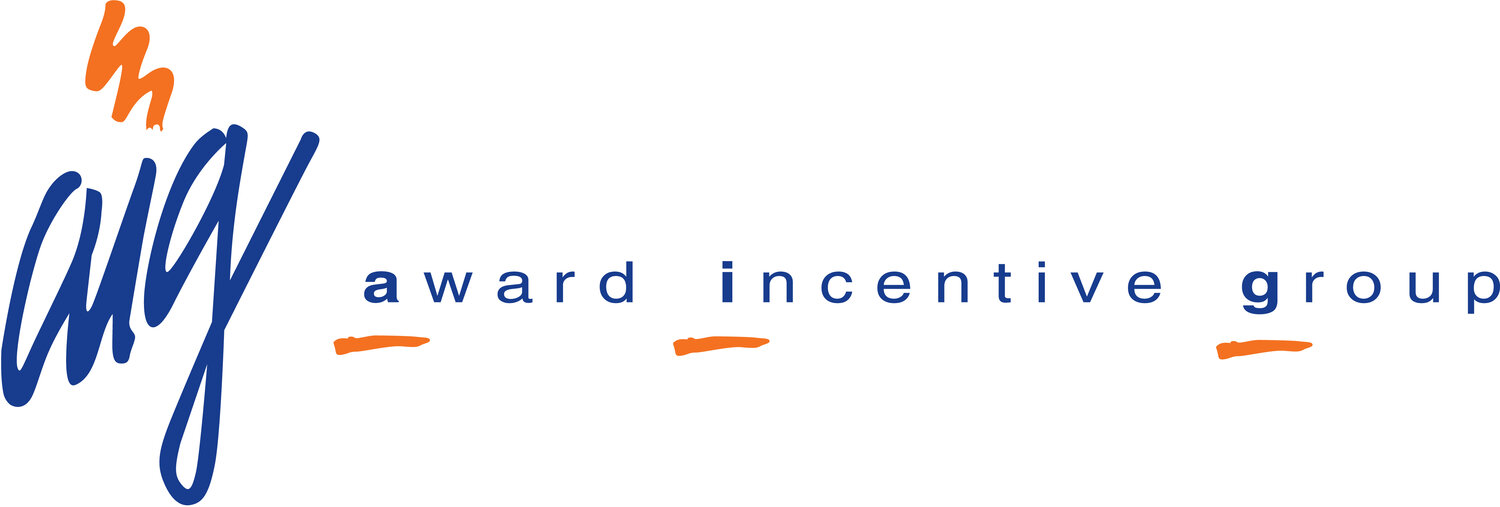February 25, 2019
D. Blackman
Happy 2019.
The New Year often inspires us to create resolutions for the year ahead and employee recognition should be at the top of employer’s lists. Keeping talent requires a culture of recognition throughout the organization and a properly implemented program.
Bruce Bolger writes “When managers fully understand the goals of the recognition effort and the positive experiences they can foster, leading the recognition effort can become one of the most fun parts of the job.”
Read his full article here:
Over the last few years, the recognition field has seen a significant shift from traditional length-of-service awards to programs that focus on supporting critical organizational goals -- quality service to internal or external customers, participation in volunteer initiatives, a willingness to go the extra mile, etc. In most cases, the success of these efforts depends upon the managers at the front lines. When managers fully understand the goals of the recognition effort and the positive experiences they can foster, leading the recognition effort can become one of the most fun parts of the job. Here’s a tip sheet to be shared with front-line managers on how to make your recognition program a way to not only achieve organizational goals, but create a better experience for all.
Start With the Basics
Studies show that employees who feel respected, appreciated and part of the community are more productive and less apt to go looking for jobs at other companies. It is well known that many employees quit because of an immediate supervisor, not because of the company. By showing your employees that their work is valued and appreciated, you’ll give them a sense of ownership, improve morale and enhance their loyalty to your organization. Savvy managers actively engage with their employees on an ongoing basis to make sure they understand their job goals, the values of the organization and how each employee can make a difference. Employees should be regularly reminded of these goals, values and how they can contribute, as well as how they will be measured and recognized for performance. This starts with making sure you have a full understanding of your organization’s goals, culture, desired behaviors and the recognition, training and communications programs to support them so that you can take full advantage of the resources your organization provides you to engage employees.
Continually Reinforce Goals and Values
Team members cannot perform at their best unless they first understand the organization’s goals, which might include a commitment to superior customer service, continuous innovation, or inclusiveness. Don’t make employees guess—every employee should know the organization’s goals, organizational values and the role they individually can play. Take advantage of team meetings or employee newsletters to regularly reinforce the key messages and the goals of the recognition effort, and share quick stories or encourage team members to tell stories that help people visualize the actions that lead to success. Make recognition meaningful. Don’t go overboard by praising everyday basics such as showing up for work on time or keeping a clean desk. Instead, sincerely thank and recognize team members for their specific contributions to your company’s goals and values. Make recognition a regular part of your job. Be sincere when recognizing employees. They’ll know in an instant if you’re doing it out of duty or it’s less than heartfelt. Never mix criticism—however mild—with recognition. Even the most innocuous advice about how to improve will spoil the positive impact.
Understand the Distinction Between Group and Individual Recognition
You should recognize employees for both their individual and group contributions. And remember, not everyone likes public praise. Get to know your employees and tailor your recognition style based on each person’s preferences. For example, a shy person may prefer a quiet one-on-one form of recognition. When recognizing a group, make sure to acknowledge each person’s contribution. Be inclusive—recognize everyone who does something meaningful that supports the company’s values or goals through their actions. Never play favorites—if you publicly recognize someone who doesn’t deserve it, you’ll devalue the whole process.
Planned and Spontaneous Recognition
Formal recognition events can take place monthly, yearly, or almost any time. They’re great ways to celebrate achievements, but try to recognize employees whenever it is merited. In general, praise employees as soon as possible after an accomplishment. When someone has acted or performed in an way exemplary of your organization’s values or goals, personally thank them and be specific. For instance, explain that “You handled that customer problem exceptionally well because…” Take advantage of your company’s recognition system, if it has one, to nominate or directly recognize your employees. If you’re in a position to approve nominations for recognition, be sure to process the nomination right away to maximize the immediacy. Take advantage of any opportunity offered by the company to produce a certificate or other tangible recognition of employee performance delivered in a way that will make the employee feel comfortable. Never do anything to embarrass an employee, even if it’s well-intentioned. Conferring recognition is rarely an appropriate time for any type of pleasantry that could undermine the positive impact.
Take Advantage of Internal Communications
If your organization has a print or online newsletter or social recognition wall, an article or post saluting an employee’s achievement is another effective way to show appreciation in a way that helps communicate and reinforce values and goals to everyone. How you recognize individuals can be inspiring to their colleagues as well. Keep in mind that the personal touch, sincerely delivered whenever warranted, is key to keeping your team members feeling valued, motivated and excited about doing the best they can at their jobs each and every day. Studies show that front-line managers can make or break the employee experience.
Bruce Bolger is President of the Enterprise Engagement Alliance at TheEEA.org, Publisher of ESM at EnterpriseEngagement.org, and Co-author of Enterprise Engagement: The Roadmap.
